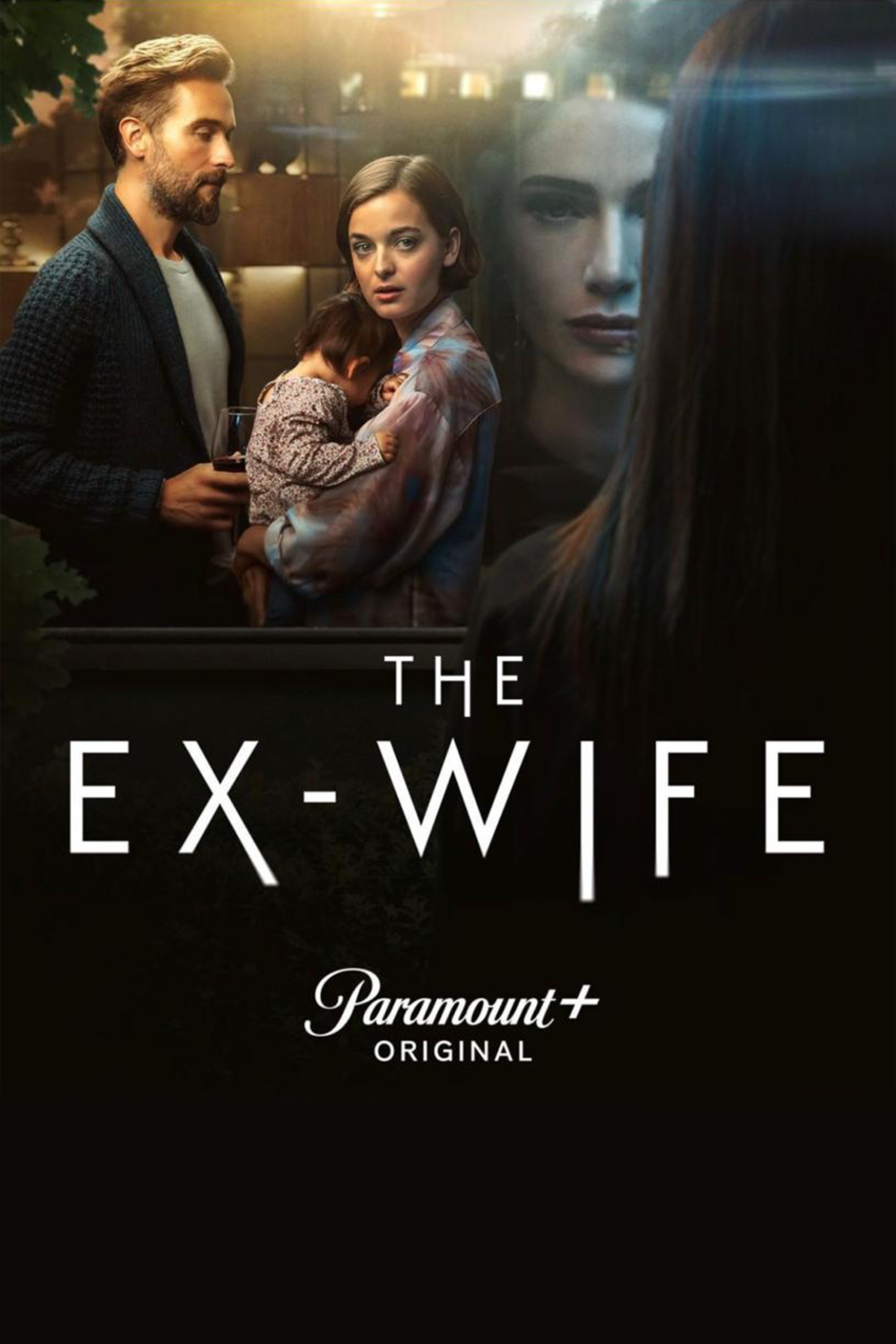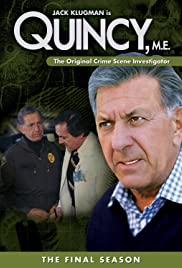
First there was Father Brown. Now, say hello to Sister Boniface. This clever, moped-riding nun is the police’s secret weapon for solving murders in this divine Father Brown spin-off.
All Episodes
You May Also Like



Jim and Julia are happily divorced, co-raising their kids while staying best friends and close confidants. But the situation gets hilariously more complicated when the owner of Jim’s favorite sports team enters the picture… and wins Julia’s heart.

Tasha is living the dream, she has the perfect house, a loving husband and a beautiful little girl. But there’s one large blot on Tasha’s marital landscape: her husbands’s ex-wife won’t leave them alone and seems intent on staying in the picture.

One Day at a Time is an American situation comedy that aired on the CBS network from December 16, 1975, until May 28, 1984. It starred Bonnie Franklin as Ann Romano, a divorced mother who moves to Indianapolis with her two teenage daughters Julie and Barbara Cooper with Dwayne Schneider as their building superintendent.
The show was created by Whitney Blake and Allan Manings, a husband-and-wife writing duo who were both actors in the 1950s and 1960s. The show was based on Whitney Blake’s own life as a single mother, raising her child, future actress Meredith Baxter. The show was developed by Norman Lear and was produced by T.A.T. Communications Company, Allwhit, Inc., and later Embassy Television.
Like many shows developed by Lear, One Day at a Time was more of a comedy-drama, using its half-hour to tackle serious issues in life and relationships, particularly those related to second wave feminism. The earlier seasons in particular featured several multi-part episodes, serious topics, and dramatic moments. As in other Lear shows of the era, the show was shot on videotape in front of a live audience, giving it a sense of immediacy, and close-ups were often employed during dramatic scenes. As the social climate changed in the 1980s, the show’s writing became less edgy, and as the girls became adults, the innovation of the original premise — a divorced mother raising teenage children — was lost. The show’s nine years give it the second-longest tenure of any Lear-developed sitcom under its original name, after The Jeffersons.

Got a question? The StoryBots have an answer! Join curious friends Beep, Boop, Bing, Bang and Bo on fun adventures to find facts for real kids like you.

Today is the day Ivy Moxham will escape from the cellar that’s been her prison for the last 13 years. Today is the day she’ll return to her home, to her family, to her life. Today is only the beginning.
Thirteen explores how to pick up the threads of a life half-lived and how to survive as a family under the greatest pressure: how to feel again, chance love again. It is a psychological drama about who to trust when you can’t even trust yourself. Ivy Moxham is a young girl. Ivy Moxham is a woman. Ivy Moxham is whoever you want her to be.

A college student is shot in Central Park on July 4, 2003. The investigation connects a series of mysterious citywide fires, the downtown music scene, and a wealthy uptown real estate family fraying under the strain of the many secrets they keep.

Quincy, M.E. is an American television series from Universal Studios that aired from October 3, 1976, to September 5, 1983, on NBC. It stars Jack Klugman in the title role, a Los Angeles County medical examiner.
Inspired by the book Where Death Delights by Marshall Houts, a former FBI agent, the show also resembled the earlier Canadian television series Wojeck, broadcast by CBC Television. John Vernon, who played the Wojeck title role, later guest starred in the third-season episode “Requiem For The Living”. Quincy’s character is loosely modelled on Los Angeles’ “Coroner to the Stars” Thomas Noguchi.
The first half of the first season of Quincy was broadcast as 90-minute telefilms as part of the NBC Sunday Mystery Movie rotation in the fall of 1976 alongside Columbo, McCloud, and McMillan. The series proved popular enough that midway through the 1976–1977 season, Quincy was spun off into its own weekly one-hour series. The Mystery Movie format was discontinued in the spring of 1977.
In 1978, writers Tony Lawrence and Lou Shaw received an Edgar Award from the Mystery Writers of America for the second-season episode “…The Thighbone’s Connected to the Knee Bone…”. Many of the episodes used the same actors for different roles in various episodes. For example, an actor who plays a crooked Navy captain also plays a ballistics expert in several of the later episodes. Using a small “pool” of actors was a common production trait of many Glen A. Larson TV programs. Before becoming a regular cast member as Quincy’s girlfriend-wife Dr. Emily Hanover in the 1982-1983 season, Anita Gillette had portrayed Quincy’s deceased first wife Helen Quincy in a flashback in a 1979 episode “Promises to Keep”.

The true story of one Jewish family separated at the start of World War II, determined to survive—and to reunite.

Two hard-up strangers stumble across a haul of cocaine on a shipwrecked boat. After agreeing to sell it and split the cash, they become entangled with police, masked hitmen, and a sharp-suited gangster known as ‘The Tailor’.